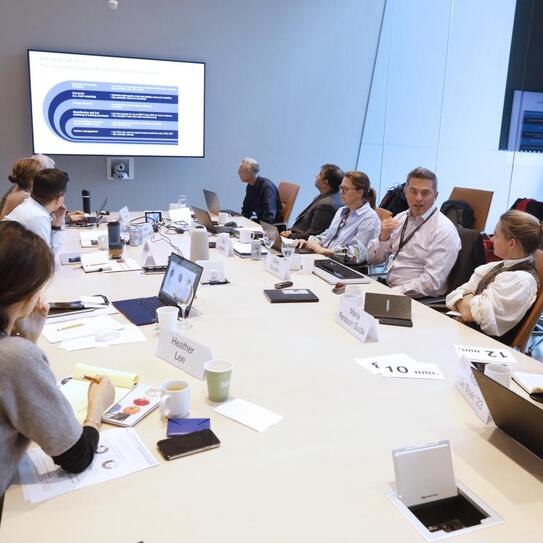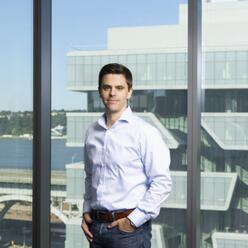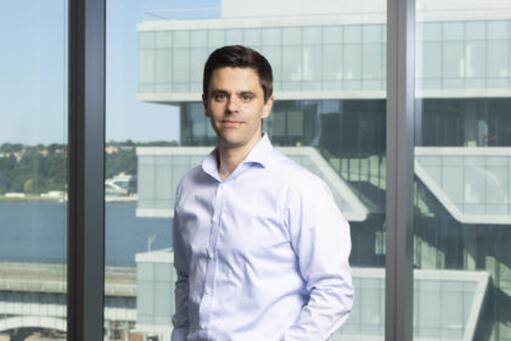Chris Bataille, an adjunct research fellow at the Columbia School of International and Public Affair’s Center on Global Energy Policy, emphasized at the workshop the variety of options available in moving toward a lower carbon steel industry. In his presentation, he highlighted several pathways to consider, which could be pursued simultaneously, including:
- Designing for material efficiency, which can enable up to a 40% reduction in necessary steel;
- Relying more heavily on recycling scrap steel;
- Implementing a policy push to decarbonize primary iron, which today is commercially possible only through direct reduced iron but could be possible with electrolysis, or;
- Mastery of carbon capture and storage on coal-based furnaces; and
- Installing mechanisms for carbon capture and storage on blast furnaces-basic oxygen furnaces.
“Decarbonization is not about just one technology or one part of the process,” Bataille said.
And yet, even these partial measures present real difficulties, giving many of the workshop participants pause. Take carbon capture and storage (CCS): Bataille acknowledged that the process for capturing emissions at the point of production and storing them still has many technical challenges to be worked out — and in the absence of incentives to invest the time and money to do so, it’s difficult to imagine how the questions will get answered. Bataille estimated that a concentrated effort to solve the riddles presented by CCS will require an investment of roughly $10 billion to $20 billion.
Electra’s Nijhawan predicted that the unanswered questions about the economics of CCS would prevent such technologies from ever playing a major role in steel decarbonization. “The developing world will not adopt anything with a green premium,” Nijhawan said. “That’s a fantasy of the developed world.”
Nijhawan’s point touched on a recurring theme of the workshop discussion: how to decarbonize within emerging markets, where existing steel stock is low but current and projected future production is high. India’s market was frequently referenced among workshop participants, because of the country’s plans to double steel production capacity by 2030. Workshop participants agreed that this production capacity is likely to come via the higher polluting, lower cost blast furnace method.
For this reason, workshop participant Dierk Raabe, director of the Max Planck Institute for Iron Research in Düsseldorf, Germany, insisted, “We should make every effort to make blast furnaces more sustainable.” Specifically, he believes more research is sorely needed to investigate how to lower emissions from blast furnaces without increasing their cost. After all, while blast furnaces may not ever be the fully decarbonized steel solution some holdouts are eager for, they remain a fixture within the sector.
Even the suggestion of cutting carbon emissions by relying more heavily on recycling scrap metal is more complicated than it might seem. While steel is indeed the most recyclable material on the planet, and all participants agreed it’s important to maximize scape use, some offered indications that scrap supplies are becoming restricted. Åsa Ekdahl, head of environment and climate change at the World Steel Association, noted that her organization has seen growing tendencies among some countries to reduce scrap exports. Raabe agreed, predicting that the world has already hit peak scrap availability.
Go to next insight:
Insight 3: The world needs a consensus definition of green steel (and green iron).
Insight 4: A just transition for steel should include resources for educational and training programs.


